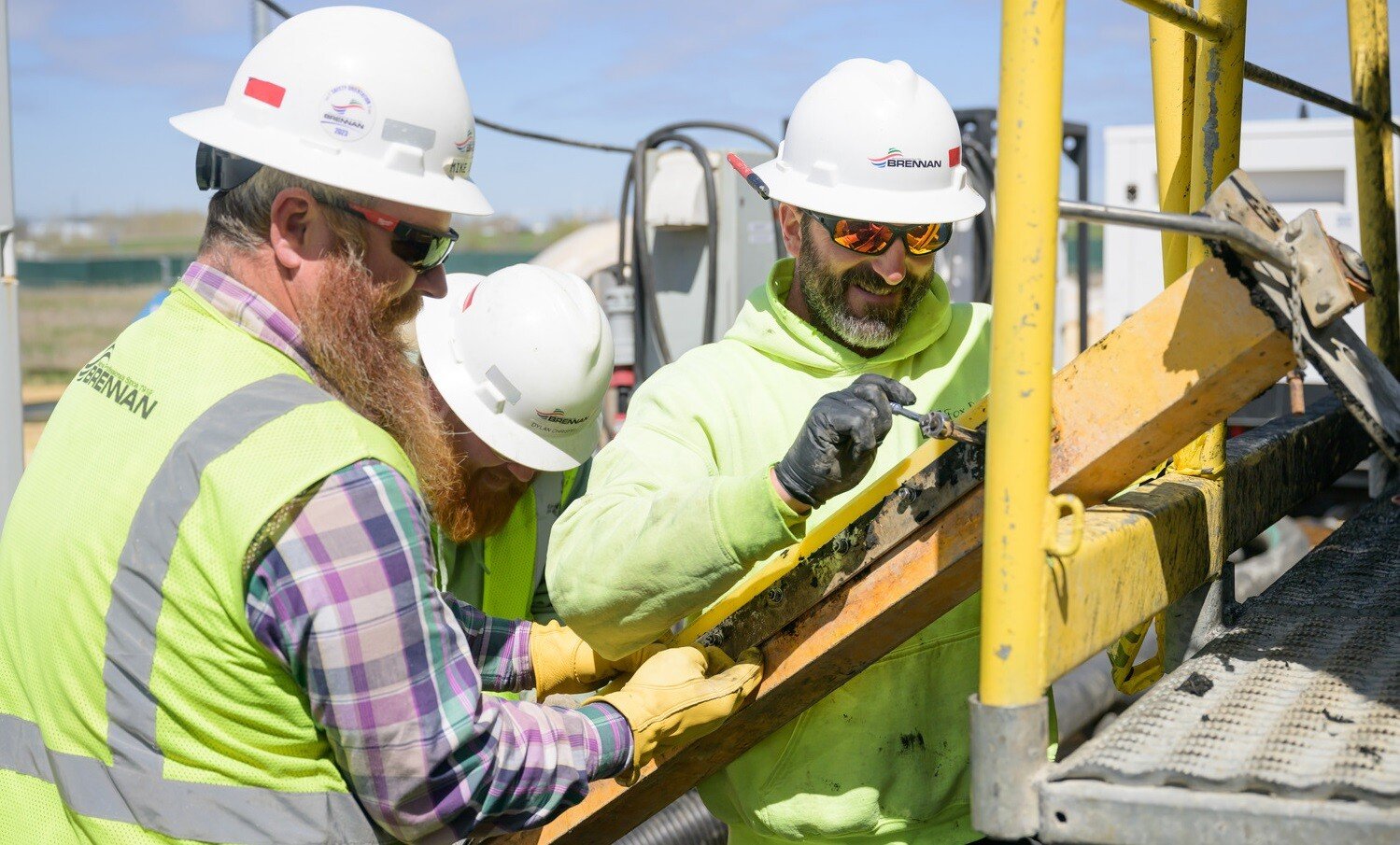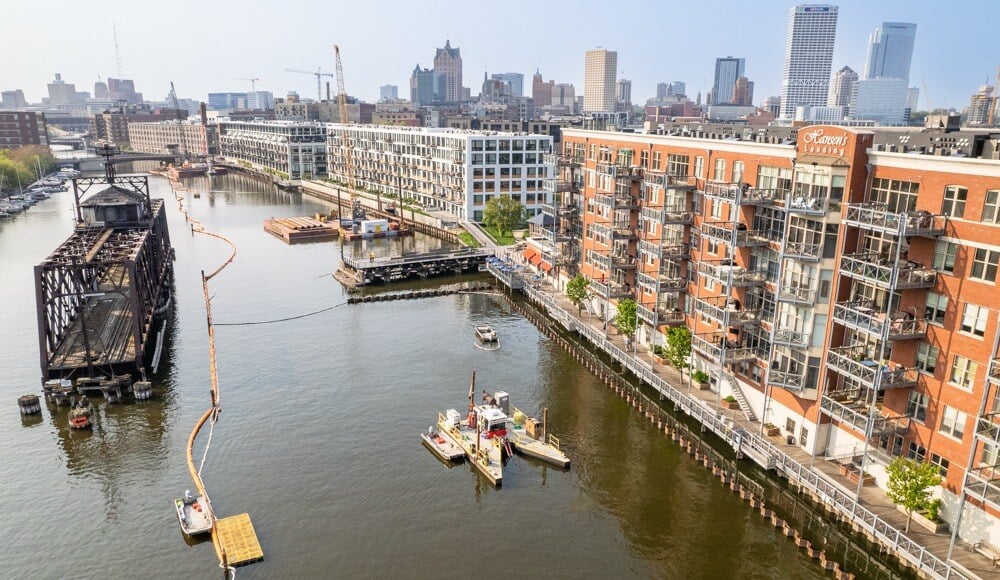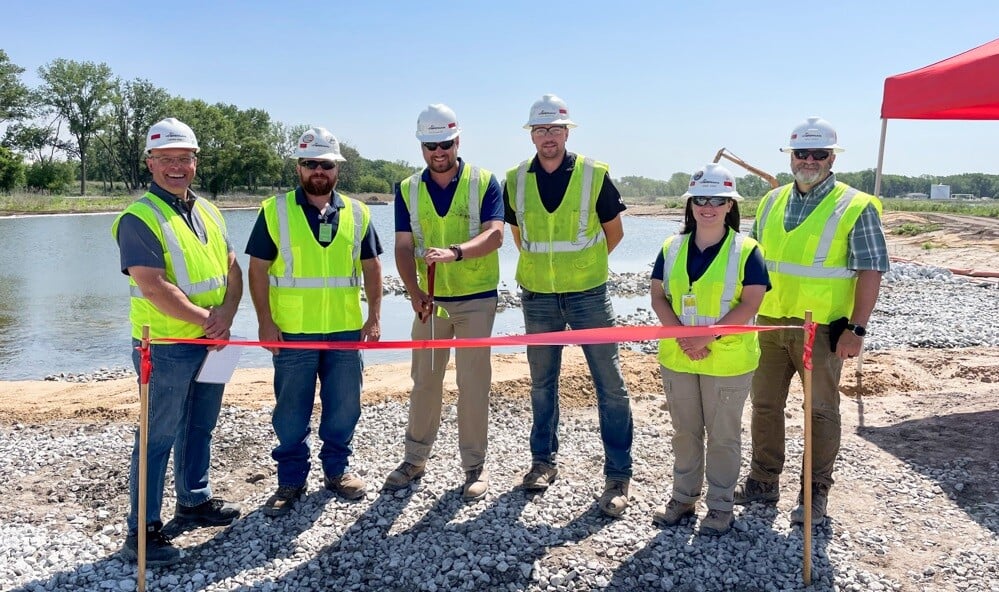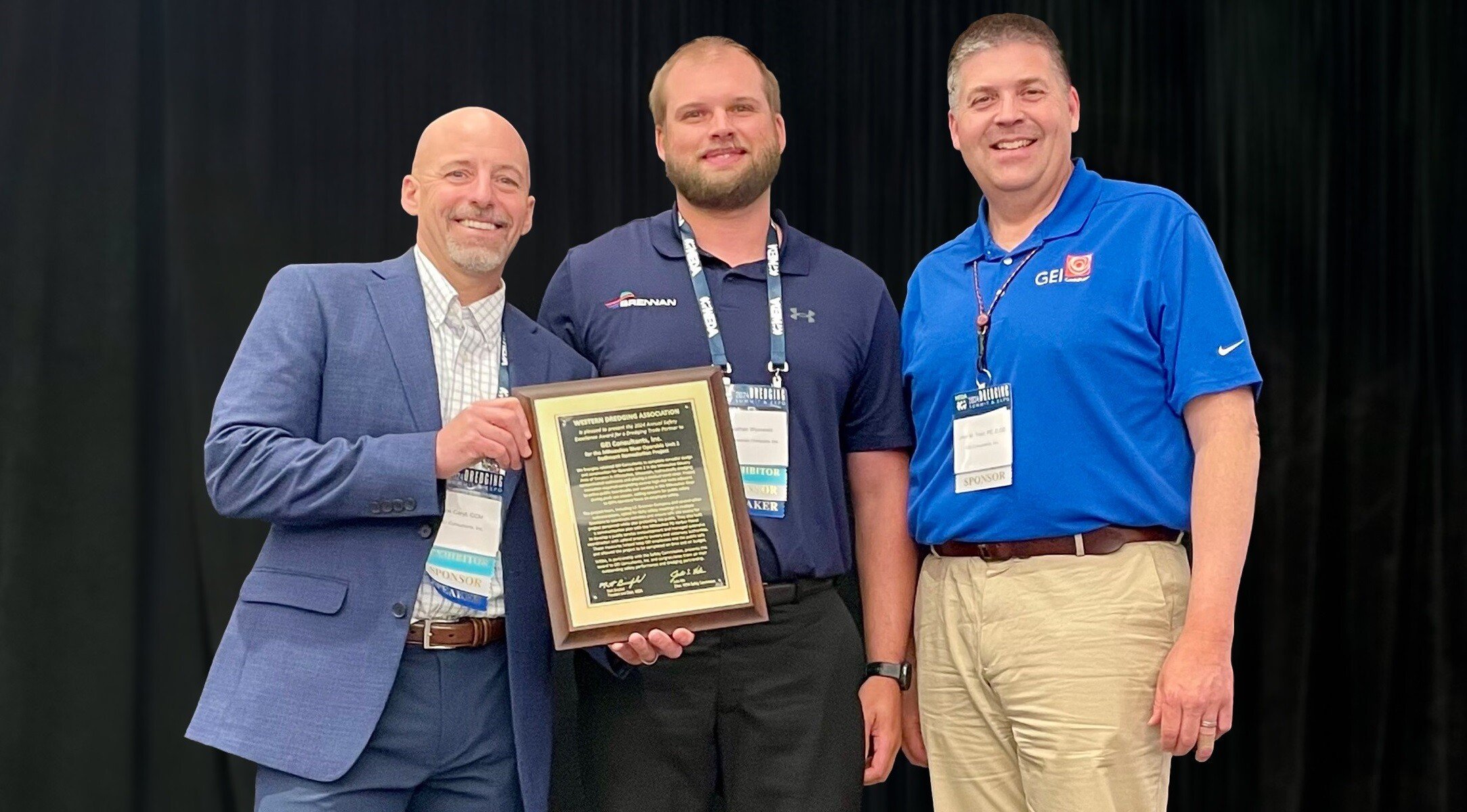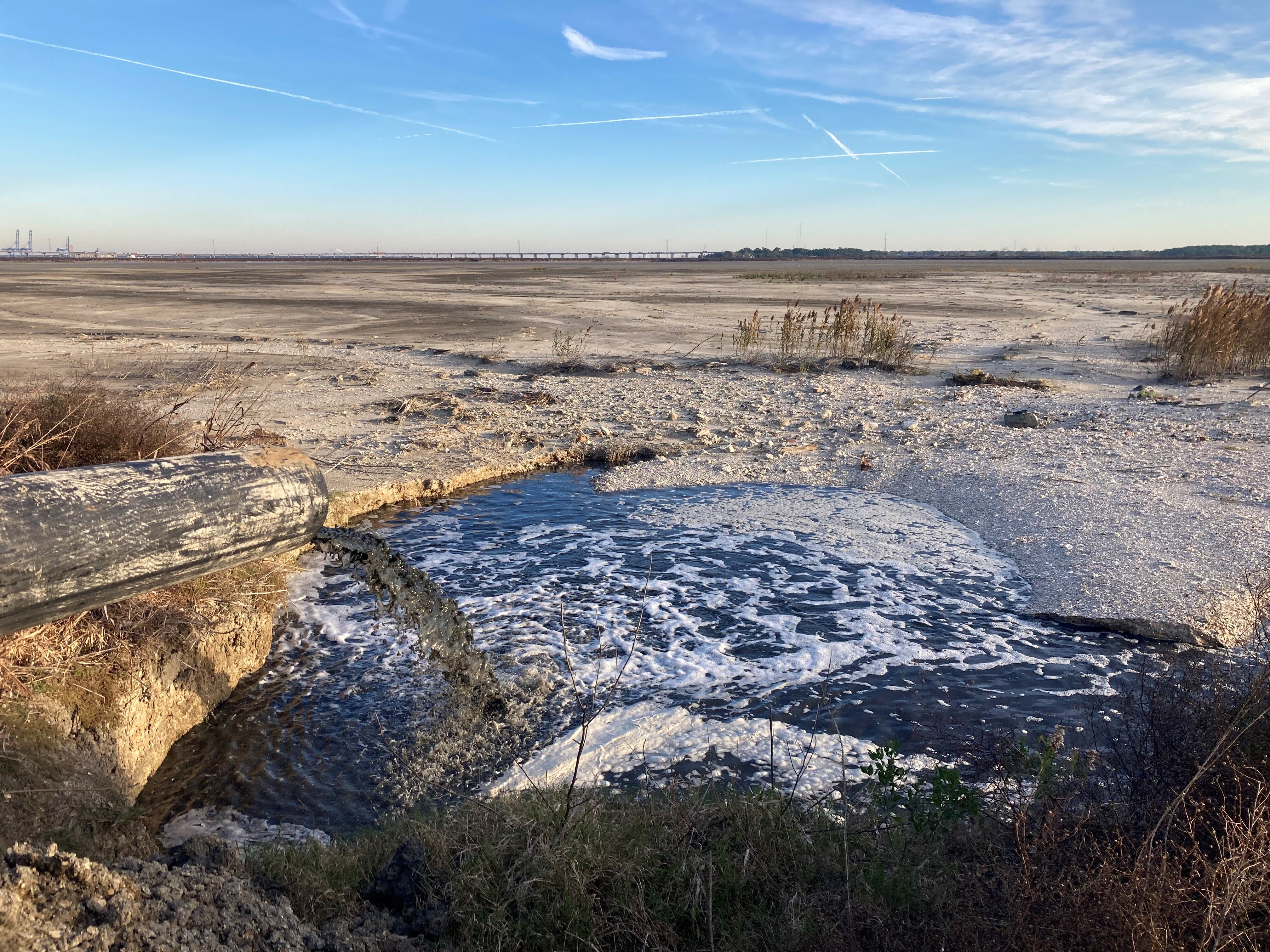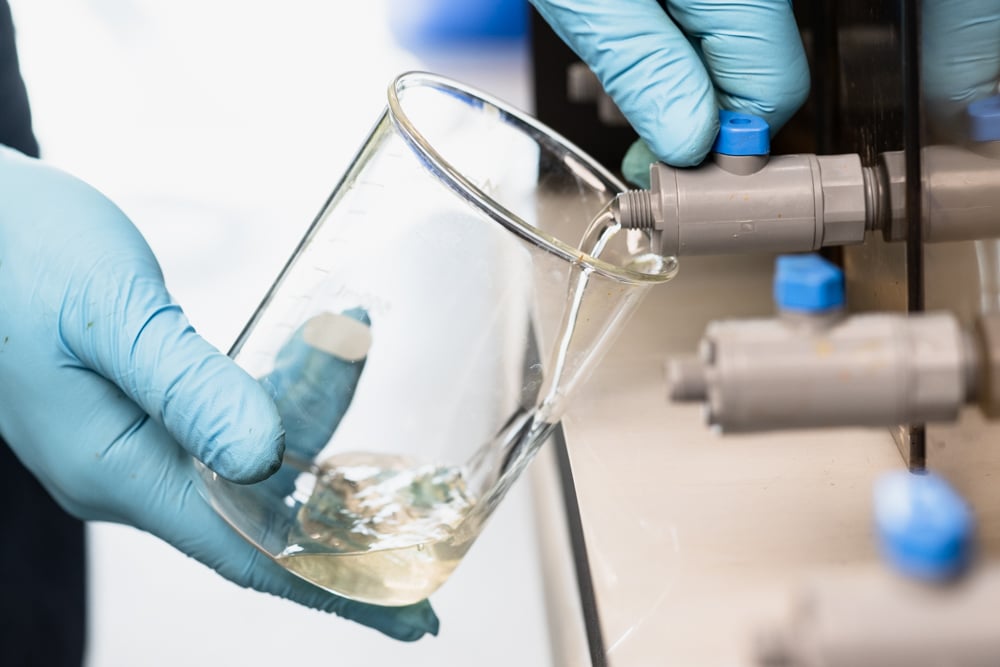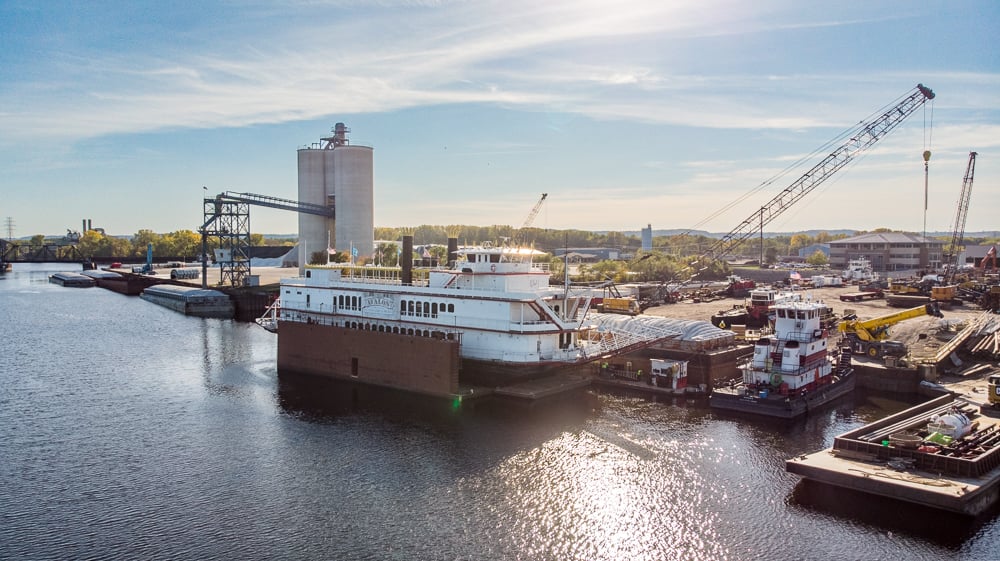PFAS, often called “forever chemicals,” are at the center of one of today’s most complex environmental challenges. Used for decades in everything from manufacturing processes to firefighting foam applications, these persistent compounds are now found in soil, sediment, and waterways across the country. As research and regulations evolve, organizations are seeking trusted partners who can safely and effectively address contamination.
We'll explain PFAS, associated risks, and how Brennan is prepared with the expertise, technology, and experience needed to protect our shared environment.

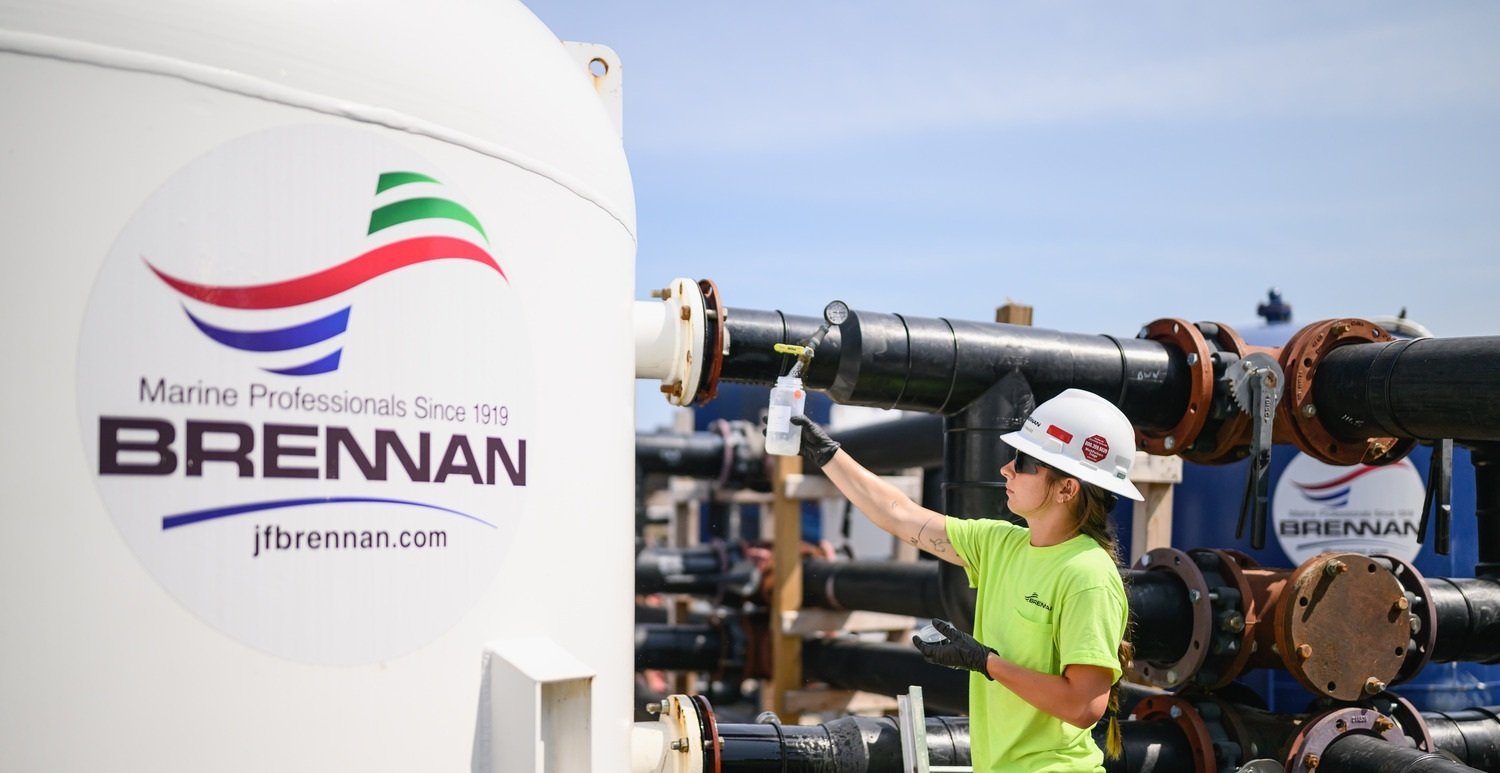
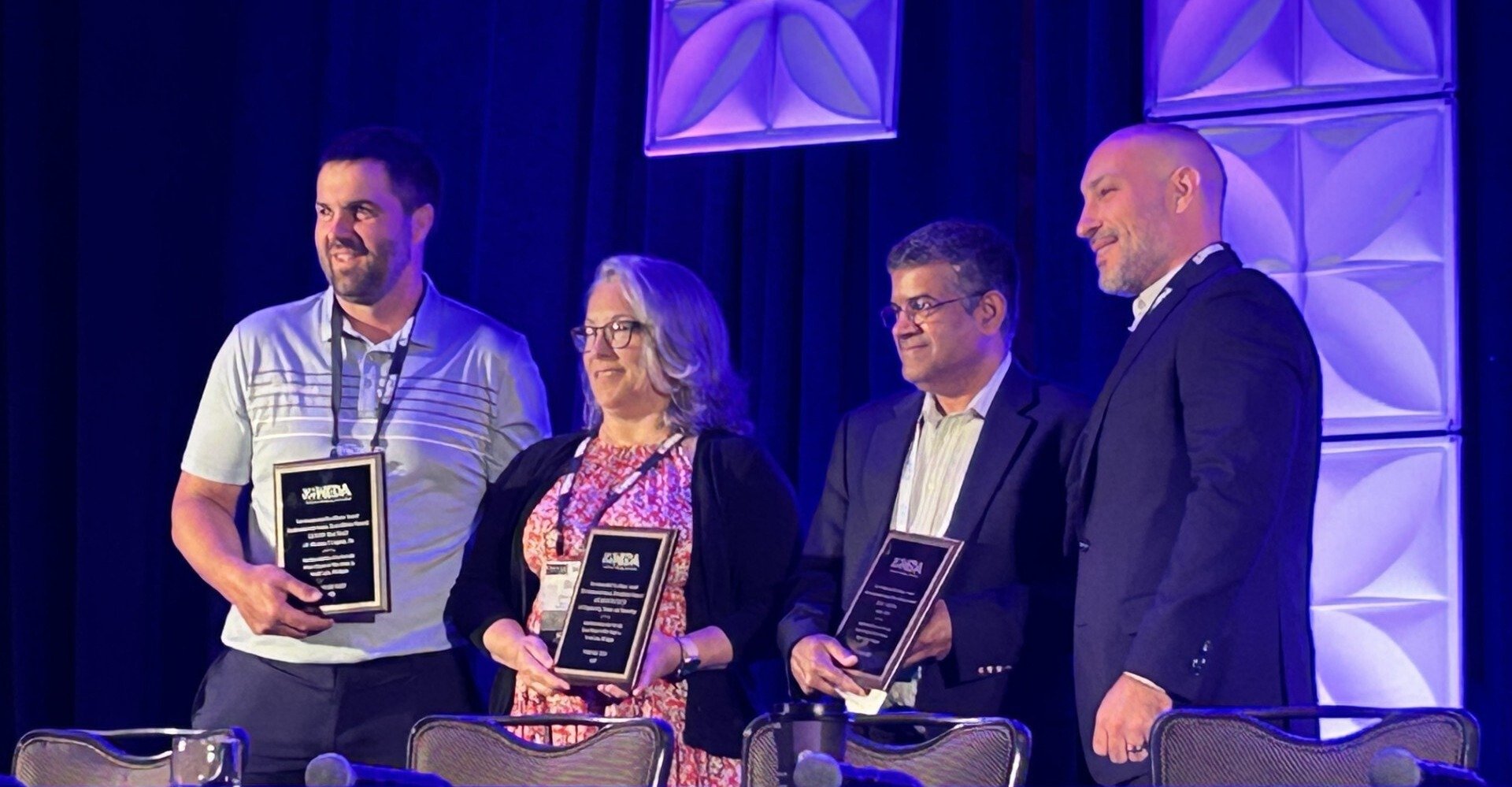
.jpeg)
